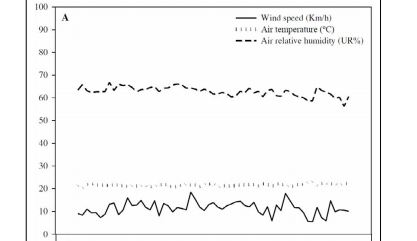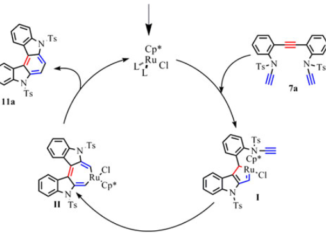
Pesticide drift from aircraft applications with conical nozzles and electrostatic system
Abstract: Despite all advances obtained with the pesticide use worldwide and in Brazilian agriculture, there is still a lack of technologies for agricultural aircrafts. The objective of this study was to evaluate the drift produced by the use of conical nozzles and electrostatic system in aircraft application. The experimental design was completely randomized with a factorial arrangement and four replications. Treatments included two spraying equipment: electrostatic system with 5L ha(-1) of spray volume and conical nozzle with 15 and 20L ha(-1). In all treatments, azoxystrobin fungicide was used at a dose of 100g a.i. ha(-1) and paraffinic mineral oil at a dose of 0.5% v.v. Volume median diameter (VMD) and droplet density were estimated using water sensitive paper. Evaluations of drift distance were performed with glass collectors distributed horizontally on the soil surface, 50m before the application band, at the application site and 12,5, 25, 50, 75, 100, 150, 200 and 300m after the application site, along the wind direction. Azoxystrobin concentration in glasses were quantified by UHPLC-MS/MS. Results indicated that the drift distance can reach more than 300 meters away from the application site, with variable concentrations according to the equipment used. Electrostatic system reduced drift when compared to hydraulic conical nozzles.
Author(s): Martini, AT; de Avila, LA; Camargo, ER; Helgueira, DB; Bastiani, MO; Loeck, AE.
CIENCIA RURAL
Volume: 46 Pages: 1678-1682 Published: SEP 2016
PDF: Pesticide drift from aircraft applications with conical nozzles and electrostatic system
DOI: 10.1590/0103-8478cr20151386




